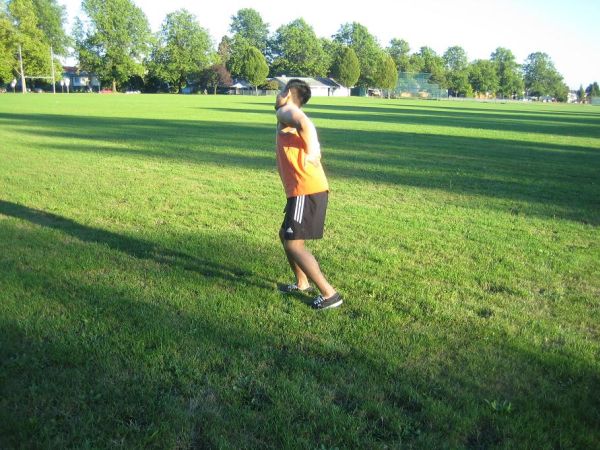The back pain that occurs among those who have osteoporosis is often due to fractures in the spine or lower back. These fractures or vertebral fractures usually occur among post-menopausal women.
Always bear in mind that women are more likely to end up with osteoporosis, but vertebral fractures can also occur among men develop the condition. The management of back pain from fractures is based on the degree of pain as well as the overall health of the individual.
What are the causes?
The bones in the spinal column support the weight of the body. Once the bone starts to lose it normal density, it starts to weaken and less capable of supporting the body. Even minor activities such as lifting or sneezing can lead to fractures among those who have the condition.
The vertebrae are likely to break in the first region of the bone. In such cases, the front aspect of the bone breaks down while the rear part stays in the same position. This results to a bend in the spine known as kyphosis. The fracture and muscle damage due to the change in the shortening of the muscles surrounding the spine can cause back pain.
Management of osteoporosis

The back pain from vertebral fractures and resulting muscle pain can be managed in various ways. Certain exercises that strengthen the bone and muscle can help reduce the pain by minimizing the risk for future fractures.
There are also medications to increase the bone density that can minimize the risk for fractures. Anti-inflammatory medications and narcotics can reduce severe back pain. In addition, calcium and vitamin D supplements can also help maintain and buildup bone. Surgery is also an option which aims to stabilize the compressed areas and reduce back pain.
Considerations to bear in mind
In case a fracture is stable but the back pain is severe, it requires short-term bed rest, pain medications and muscle relaxants. This should be followed by a physical therapy program to control the pain. In cases where the pain persists, surgical interventions are required.
Always bear in mind that the benefits of the available treatment options should be considered by the individual. Generally, less invasive conservative treatment is the ideal option among the elderly who might not tolerate certain drugs or procedures well. Since most medications used in managing pain have side effects, surgical pain relief might be the best bet as long as the individual is strong enough to undergo treatment.
Detrimental effects
It is important to note that even simple treatment options can lead to side effects. The elderly are more likely to develop stomach irritation and bleeding when non-steroidal anti-inflammatory drugs (NSAIDs) are used.


